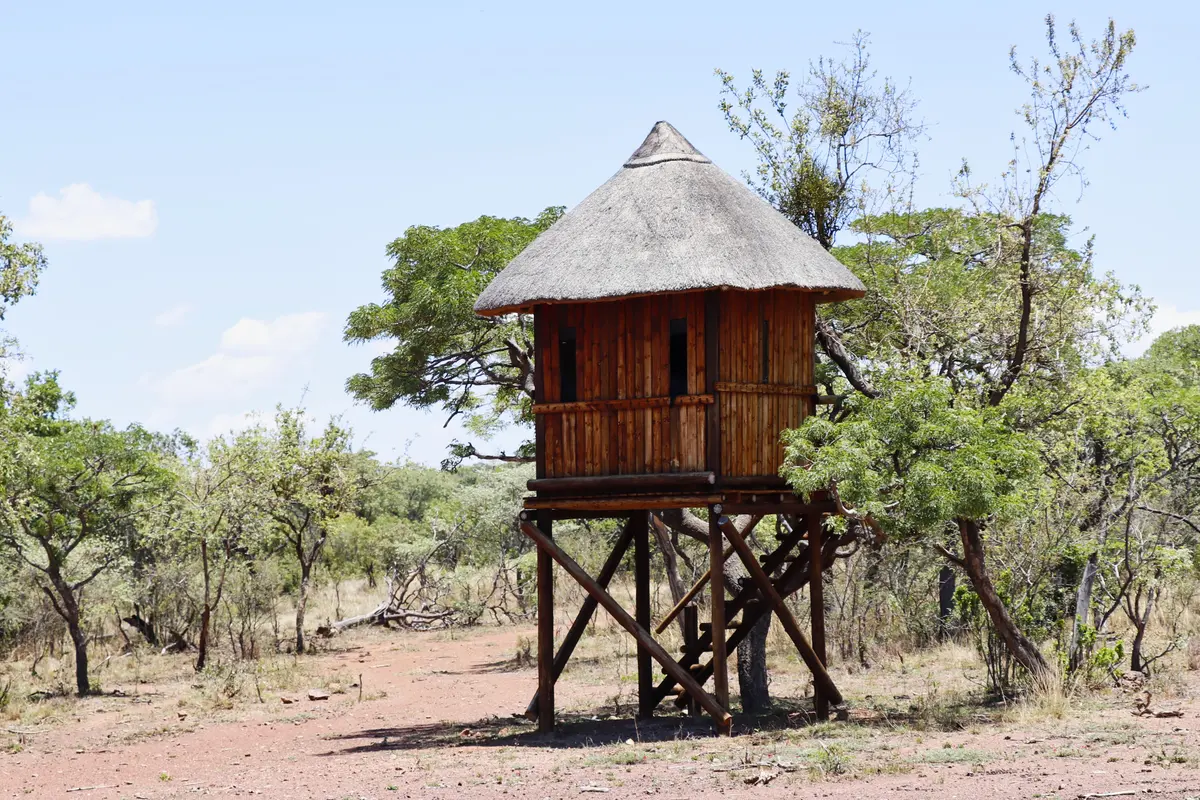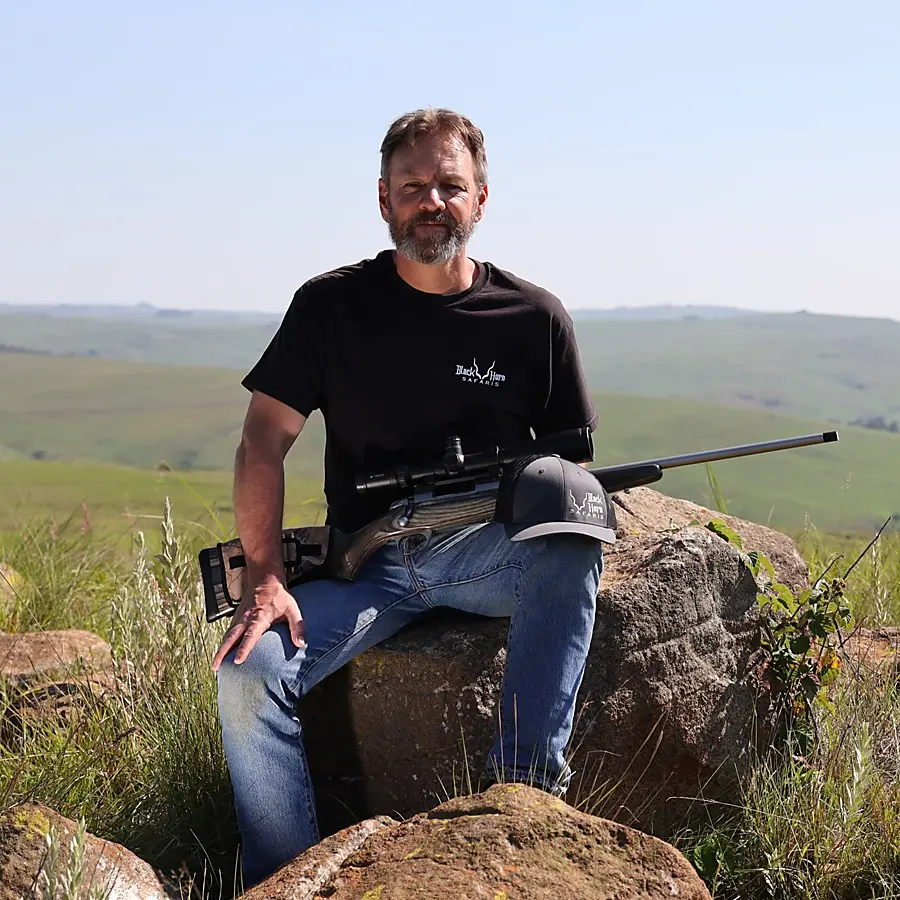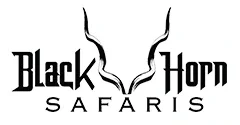
Cape Buffalo, or Syncerus caffer, is a formidable and highly sought-after big game species for bow hunters. With their immense size, strength, and unpredictable behavior, hunting Buffalo requires real skill, patience, and careful planning. One popular technique used by bow hunters is to hunt from a blind. In this article, we will explore the various aspects of bow hunting Cape Buffalo from a blind, including the advantages, challenges, and essential tips for a successful hunt.
Understanding Cape Buffalo
Before embarking on a bow hunt for Buffalo, it is essential to understand the behavior and characteristics of this malevolent creature. Cape Buffalo, also known as African Buffalo, are large and formidable animals, known for their strength, aggression, and resilience. They are known to be one of Africa’s “Big Five” and dangerous game animals, attracting hunters from all over the world.
Buffalo typically weigh up to 2,000 pounds and possess a set of massive, curved horns. They have a keen sense of smell and excellent hearing, making them incredibly alert and challenging to approach undetected. Understanding their behavior patterns, feeding habits, and preferred habitats is crucial for a successful bow hunt in South Africa.
Advantages of Bow Hunting Cape Buffalo from a Blind
Concealment:
A blind provides excellent concealment, allowing bow hunters to remain hidden from the keen eyesight and acute sense of smell of Cape Buffalo. This increases the chances of getting within effective shooting range without alerting the Buffalo.
Close-Range Shots:
Bow hunting from a blind often necessitates close-range shots, which can be immensely rewarding and thrilling. Being in close proximity to such a powerful and cantankerous animal amplifies the excitement and intensity of the hunt.
Strategic Placement:
A well-placed blind offers the opportunity to position yourself in areas with higher Buffalo activity, such as watering holes or well-traveled game trails. This strategic placement improves the chances of encountering Buffalo and increases the probability of a successful shot.
Safety:
Hunting from within a well-constructed blind provides an element of safety when things go wrong and the shot is not perfectly placed or the buffalo become aggressive.
Challenges Associated with a Blind
Patience and Time:
Bow hunting from a blind requires a great deal of patience as you may spend hours or even days waiting for the right shot opportunity. Cape Buffalo are known for their cautious nature and can take a long time to approach a water source or expose themselves in an open area.
Placing Your Shot:
Making an effective shot on a Buffalo from within the blind is crucial, considering their sheer size and strength. Shooting through a small port or window can be more challenging than shooting out in the open. One must be extremely accurate and ensure proper shot placement to ethically and effectively take down the animal.
Noise and Scent Control:
To avoid alarming the Buffalo, it is essential to minimize noise and control scent as much as possible. Pay attention to wind direction to prevent your scent from reaching the Buffalo.
When inside the blind, practice stealthy movements to avoid alerting the Buffalo. Move slowly and silently, keeping your equipment and gear organized and within easy reach to minimize unnecessary noise and movement.
Essential Tips for a Successful Bow Hunt from a Blind
Choosing the Right Blind
Selecting the right blind is vital for bow hunting Buffalo. A blind provides concealment, allowing the hunter to remain hidden while waiting for the perfect shot opportunity. When it comes to hunting such a dangerous game animal, safety should be the top priority.
Ideally, the blind should be spacious enough to accommodate the hunter and his professional guide, their bow, and any necessary equipment comfortably. It should also provide 360-degree visibility to allow for optimal shot angles. A blind with noise-dampening features can be beneficial, as Cape Buffalo have a keen sense of hearing and can be easily spooked by any unnatural sounds.
When selecting a blind for bow hunting Buffalo, opt for a spacious and sturdy blind that can comfortably accommodate you and your hunting gear. Make sure it blends well with the surroundings to avoid spooking the Buffalo.
Study the Wind:
Buffalo have an exceptional sense of smell, and any scent detected can send them into a defensive or aggressive mode. Understanding wind patterns and using scent control methods are crucial for a successful hunt.
Scout the Area:
Prior to your hunt, spend time scouting the area and identifying key Buffalo movement patterns and locations. Take note of where the herd prefers to drink or graze. This knowledge will help you select the optimal blind, if there are a few to choose from, and increase your chances of a successful encounter.
Familiarize yourself with the hunting grounds, identifying areas where Cape Buffalo frequent. Look for signs such as tracks, droppings, and wallows to determine the buffalo’s movements and patterns.
Preparing for the Hunt
Preparing for a bow hunt on Buff requires thorough planning and meticulous attention to detail. Here are some essential steps to consider before embarking on your hunting expedition:
The Ideal Bow Setup:
Cape Buffalo are a formidable challenge, so it is essential to have a bow with sufficient draw weight to penetrate their tough hide and muscles and reach the heart and lungs. The ideal bow setup for Buffalo. The recommendation is to have a minimum draw weight of 80 to 90 pounds. Check your numbers with the setup you intend to use. To hunt Buffalo you are legally required to have a minimum of 80 foot pounds of energy.
Practice Shooting:
Consistent and accurate shooting is crucial when bow hunting Buffalo. Practice regularly at various distances to improve your accuracy and precision. Familiarize yourself with shooting from different angles and positions to simulate real hunting scenarios.
Shot Placement:
It is crucial to understand the anatomy of Buffalo and aim for vital areas to ensure a clean and humane kill. Shot placement is a vital skill, aim for the heart-lung area or consider a well-placed shot behind the shoulder to penetrate the vital organs and bring the animal down quickly.
Be Prepared for a Follow-up Shot:
Even with a well-placed shot, Buffalo are known for their resilience and can be dangerous when wounded. Always be prepared for a follow-up shot and have a backup plan in case the Buffalo does not go down. Stay calm, focused, and ready to react quickly if necessary.
Safety First:
Never underestimate the strength and aggression of Cape Buffalo. Always prioritize safety and follow all necessary precautions when hunting from a blind. Maintain a safe distance and do not get out of the blind when the Buffalo are still in the vicinity.
Prioritize good shots by choosing a location that provides a clear shooting lane without any obstructions. Be aware of your surroundings and in dense vegetation your field of view may be limited.
The Hunt
As you sit patiently inside your blind, waiting for the opportunity to draw your bow on a Buffalo, it’s important to remain calm and focused. Here are some tips to remember during the hunt:
Stay Still and Silent:
Any sudden movement or noise can alert the Buffalo, causing them to flee or become aggressive. Maintain a still and silent posture, minimizing any unnecessary movements that could jeopardize your chance of a successful shot.
Study Their Behavior:
Observe the Buffalo’s behavior and body language to anticipate their movements. Look for signs of agitation, such as lowered heads, snorting, or pawing the ground, which may indicate an imminent charge or departure.
Patience is Key:
Bow hunting Buffalo requires patience and perseverance. Be prepared to spend long hours in the blind, waiting for the right moment to shoot your arrow. Rushing a shot can result in an ineffective hit or a dangerous situation.
Bow hunting Cape Buffalo from a blind is a challenging and exhilarating experience that requires skill, preparation, and a deep understanding of the animal’s behavior. By choosing the right blind, preparing meticulously, and employing effective hunting strategies and shot placement, you can increase your chances of a successful hunt. Remember to prioritize safety, practice ethical hunting practices, and respect these magnificent animals as you embark on this thrilling African hunting Safari. Happy hunting!
FAQ’s Frequently Asked Questions
What are some important factors to consider before bow hunting Buffalo from a blind?
It is important to understand the behavior and characteristics of Buffalo, choose the right blind, and properly prepare for the hunt.
What are the characteristics of African Buffalo that hunters should be aware of?
Buffalo are large, strong, and aggressive animals with a keen sense of smell and excellent hearing. They are known to be one of Africa’s Big Five game animals.
What should hunters consider when selecting a blind for bow hunting Buffalo?
Hunters should choose a sturdy, well-built blind that can withstand the power of a charging Cape Buffalo, should the need arise. The blind should be spacious, provide 360-degree visibility, and have noise-dampening features.
What are some essential steps to take when preparing for a bow hunt on African Buffalo?
Hunters should engage in physical conditioning to ensure they are in peak condition, scout the hunting area to identify frequented areas by Buffalo, and familiarize themselves with the behavior and habits of the animals.

Adrian Anderson first obtained his Professional Hunters license in 1991. He is a Big Five and Dangerous Game licensed Professional Hunter and Hunting Outfitter. He has a tremendous love for wildlife and the African bush and enjoys sharing his knowledge with the hunting clients that he guides. Guiding hunters in Africa’s wild places is a passion and seeing them succeed with their goals brings satisfaction. With knowledge of the Safari industry built up over 32 years he is well qualified to give guidance to his hunting clients.
